What does ‘good’ look like?

The Professional: By Mike Monaghan
For years I’ve asked the question: “In this industry what does ‘good’ look like?” The answer is subjective and highly opinion-based unless it can be measured. Yet not everything that’s good can be measured, like happiness or quality.
I’ve always been an advocate for standards in the collision industry as a way of defining good against a criterion or set of rules.
Why is having the right standards important? Because in the collision industry, with all of its complex relationships, costs, inter-actions and so on, we still end up with a dysfunctional market even today, whereby the best still have to work at the rate of the worst, because market forces shift towards the lowest cost of purchase in defining rates.
Again, with only a short amount of space and words, I have to try being succinct with my messages. The rates will not move until we have a more meaningful standard nor have the hidden costs of poor service been factored into those measures. Currently the BS10125, or Kitemark, is useful but no longer adequately reflective of what good looks like.
In sectors of our industry we still have terms like “leakage”, a measure to define cost to the lowest prevailing rate, but never any meaningful measures of the costs surrounding business process and the long term investment stabilisation of businesses that strive to be the best. Where are those new measures, such as ratios of training investment, equipment investment, site development – all the adequate and modern depictions of a professional industry – they are the true KPIs not the NPS (net promoter scores) nonsense.
There are bodyshops out there today that display the Kitemark, and other similar standards, which do not reflect or demonstrate all that should define what good looks like. Thankfully there are many that do, but they are still affected by those that don’t.
To get the British Standards Institution (BSI) to change is going to be long, painful and almost impossible as the market needs for change are now. Having been part of the BSI process in its foundation, the change will never happen quickly enough to constantly adjust to prevailing conditions. It’s never been modified to keep pace with the changing market for more than 10 years, so what is BSI and is it the answer? I don’t think so.
I’m not suggesting we throw the baby out with the bath water – standards are the roots on which all foundations should be built – but I do believe the industry must find a better way to own and progress its future. The current body has demonstrated no intention of using the standard other than for its own commercial purposes. It didn’t appear to start that way, but it is there now.
We are an industry which likes badges of approval and in some cases rightly so, but genuinely, when was the last time a customer asked if you were Kitemark approved before you were invited to repair their vehicle?
The best naturally get stronger and winners find a way, but they are compromised by those who hold back our industry. I’ve no doubt insurers are selecting the best repair centres to work with, but still use the weaker commercial measures to control rates.
To some this may sound like natural commercial business sense in a market costing billions of pounds, but it risks the progress of the very thing they seek – a professional, sustainable and definable measure of what good really looks like.
This year in my columns I’d also like to propose some solutions to the issues of the day, so here’s a starter for this one.
If insurers still want bodyshops to have the Kitemark and repairers still want to have it, then without either or both the BSI has nothing. Channel your messages through organisations such as the NBRA and ABI to make BSI come to the table quickly, find a new balanced engagement timetable, set the new rules and make sure it’s reviewed and developed every two years with the involvement of repairers and insurers.
In my experience this could easily be achieved in less than a year; if you want something badly enough you will have to make it happen for yourselves.
Mike Monaghan is the collision repair industry professional’s professional. Each month he brings his unique focus on the most pressing subjects facing our businesses and shines a spotlight on the “evolutionary wrongs” so they can be changed for the better. His lifetime of experience is used today in training and mentoring within the car repair space, bringing personal, management and business skills to workers and managers alike through his Auto-Motivate training.
Click to read the latest issue of bodyshop magazine in full.






